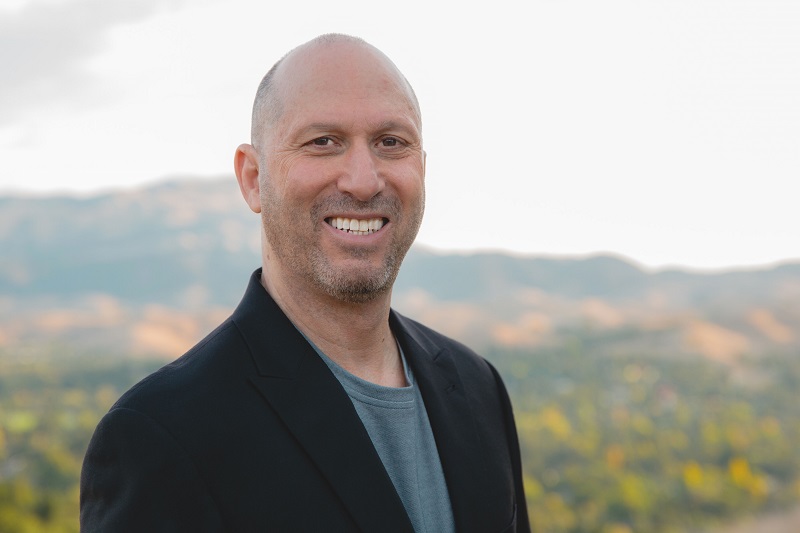Michael Levin, President and CEO of Custom Solutions Inc, helps companies in the US develop leadership styles and create a better workplace that enables people from diverse backgrounds to thrive.
According to Levin, a diverse workforce can best succeed if the leadership style is inclusive and employees have ownership of their part of the business.
As an example, he tells the story of a family-owned Filipino food company where around a third of the 500 workers didn’t speak English. This meant that they were unable to read the safety instructions or their job descriptions. Also, because they didn’t feel included, they would leave as soon as there was a job somewhere else where they could make an extra dollar or two per hour or where their language was spoken.
To halt a 40% turnover rate, the company’s leadership recognised, with Levin’s support, that it needed to change. “First, they made sure they had multi-lingual job descriptions and safety instructions so everyone could read them,” says Levin.
“Then they started a school facility to teach English to the employees – on business time – and paid them overtime to attend. They also put together a programme that enabled employees to feel like part of the family, be part of the succession planning and get promoted.
“This was not only the right and honourable thing to do; it was a great business decision.”
Creating employee ownership
The company was one of many to be inspired and motivated by Levin. As President and CEO of Custom Solutions Inc, keynote speaker and best-selling author, he has been promoting the importance and resulting advantages of creating employee ownership and adapting leadership styles to the needs of the workforce.
He explains: “When I’m conducting workshops, I want to create ownership throughout an organisation where everyone, from the front-line employees to senior leadership, all own their piece of the business and are responsible for that ownership. I want those closest to a situation to be the ones who are involved in initiatives, innovation and solving problems and challenges.
“What makes it so powerful is you invert the organisation. Instead of senior leadership saying, ‘here’s what you’re going to do’, they become the audience. Those closest to the situation form a cross-functional team to work out those innovations, initiatives and challenges. Then they share the situation and action plan, and the role of the senior leadership changes to one of guidance, mentorship, sponsorship and support. Now, instead of a few people involved with those innovations and problems, you have a whole company doing it.”
He adds that when people are just carrying out their everyday jobs, it’s easy for them to be invisible. But by taking on initiatives and challenges, people can demonstrate their abilities.
Relinquishing control
Levin’s way may seem like an obvious and logical way to run a business, yet he has found that many leaders are unwilling to relinquish control for fear that, if they do, things will not be done as they would like, or employees would be less motivated. Another stumbling block is getting leaders to understand that giving employee more responsibility and accountability doesn’t mean being hands-off.
“It’s rare if I can get a senior leader to change if they don’t believe in it,” Levin explains. “If you are locked into – and I’ve turned down engagements – a micro-managing, top-down environment, and that’s how you’re going to lead, I can’t help you.
“When the senior leader is supportive, I can help determine whether the rest of the people in the organisation are willing to make that change.”
He argues that coaching is important for senior leaders and from both within and outside the company. Internal coaches should include peers and those reporting to them who can give honest feedback on their performance. External coaches have the advantage of not being emotionally involved in the organisation.
Levin candidly admits that he finds it challenging to make changes in the various companies that he runs, because of being closely involved. But, as a consultant, he is, “just a friend trying to help. I don’t hire; I don’t fire.
“One of the funniest experiences in my career was when I left Pepsi but stayed on as a consultant. On Friday, I was a senior executive, but, the next Monday, I was a consultant who no longer hired and fired so people just saw me as a friend and would tell me everything.”
A critical part of creating change was not only giving people the chance to be innovative but also to “screw up”. Learning by experience, including failures, helped to create the environment of ownership.
Breaking down cultural barriers
The approach has improved diversity and inclusion. Says Levin: “The number of people I’ve seen get promoted is pretty staggering and it’s been a diverse group. The VP of training from a Fortune 500 said it was a shame that it’d taken an outsider to identify the talent that they had in their organisation.
“They certainly were not entrepreneurial and were very autocratic. But when you have ownership, everyone sees who you have.”
He cites the example of how, after listening to a presentation from a Hispanic female member of staff, the president of a company instantly promoted her. The woman had said: “I don’t need you to hire more people for me; I need you to give me the tools to train the people that I already have.”
As someone who has experienced the benefits of having a diverse organisation, Levin is often asked to help break down barriers, where people from different cultural backgrounds don’t intermingle, especially if English is their second language.
“In workshops, we’ll get a multi-cultural group in and ask them to share where they’re from and what type of leadership they prefer, and how the like to be communicated with,” he reveals. “Also, what are the nuances that someone may not know could be offensive in their culture?”
But it’s all very well having a diverse workforce if they are not represented in the boardroom. Levin recognises this and points out that many companies are still hiring people who’ve been to prestigious schools or have a certain type of degree. The focus should, he says, be on the individual and what they can bring to the organisation.
Remote working is speeding up change
Changing a company’s culture takes time, but with people being forced to work remotely, this has happened more swiftly. Says Levin: “Those managers who were more comfortable micro-managing their people, noticing when they came in, when they left, how long a lunch break they took, that’s gone. They had to learn how to lead from a results and project basis, as opposed to last car in the parking lot.”
Also, leaders need to be more aware of their workforce’s mental health and help them stay healthy. In particular, one of the downsides of working from home is that people may be under more pressure and find it hard to disconnect. Levin advises taking time to switch off – don’t answer emails after 6 pm – and, where possible, to have a workspace separate from the living space.
Overall, creating entrepreneurialism and ownership is not an easy task. Levin underlines the importance of leaders getting out of the way and helping their employees to be successful.
He confesses that he is something of a rare breed in corporate America but that the approach he advocates is gaining ground with the younger generation.
“I’m probably unique in being a Fortune 100 executive, own a lot of different businesses and spoken for and consulted for a lot of companies,” Levin offers. “There’s not much I haven’t seen so not much that I can’t guide a company through.”









